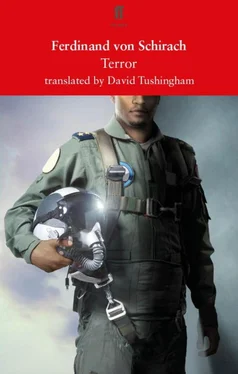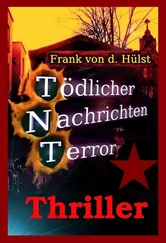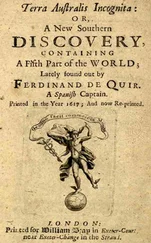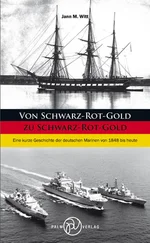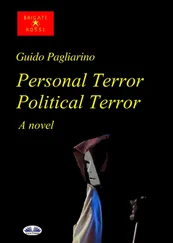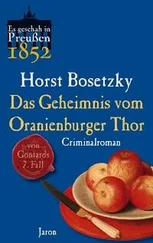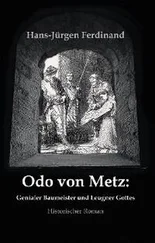Barely four years later, on 7th January 2015, at around 11.30 a.m., two masked men force their way into the editorial offices. Journalists, cartoonists and a visitor are sitting around a conference table with a cake on it. It’s someone’s birthday. The attackers kill eleven people. While on the run through Paris, the murderers shoot in the face a police man who is lying on the ground. He also dies. Later a third Islamist kills five more people in Paris, including customers of a Jewish supermarket.
These men, the sons of Algerian immigrants, were trained in Yemen by Al Qaeda. And indeed a few days later one of the leaders of that terrorist organisation claims responsibility for the attack. This was the most violent terrorist attack in France since 1961 and seventeen people were murdered. A bloodbath because of a couple of cartoons.
Today this prize honours the dead. And it also honours the survivors. Everyone would have understood if the journalists and artists had not kept going. The fact that you and your colleagues have done so, dear Mr Biard, that Charlie Hebdo still exists, comes despite many things. Despite the murder of your friends, despite the grief you feel for them and despite the conditions under which you now have to work. For this you deserve every prize there is and for this I pay tribute to you.
* * *
In the discussion that followed the murders of 7th January almost every newspaper in Germany quoted an essay written by the author Kurt Tucholsky in the year 1919. Here Tucholsky had asked, ‘What is satire allowed to do?’ to which he promptly supplied his own answer: ‘Everything.’ Arts journalists wrote their pieces, almost every editor composed a leading article and practically all of them agreed with Tucholsky. Their solidarity is understandable – but in fact Tucholsky meant something else entirely.
He wrote those words at a very different time. The First World War had been lost, the Kaiser had fled the country, society had collapsed. Tucholsky’s hopes, like those of so many, lay with democracy. This was what he was fighting for as a writer and essayist, and that is why he did not care in the slightest whether the authorities allowed his writings. Quite often they didn’t. At the time artists such as George Grosz and Karl Arnold were also charged with criminal offences. What Tucholsky meant was that satire could allow itself to do anything, that artists were disappointed idealists taking on reality.
He only experienced Hitler’s regime in its infancy. When he wrote those words, the Nazi magazine Der Stürmer did not yet exist. If he had been aware of the outrageous caricatures of Jews it would publish, he would certainly have written those words very differently.
Ladies and gentlemen, cartoons can be art and artistic freedom is now guaranteed in our constitutions. But it is enormously difficult to define what art actually is. In Paris in 1917 Marcel Duchamp placed a urinal on top of a plinth and said that this was art because he declared it was art. Subsequently Kurt Schwitters and Joseph Beuys would advocate the view that everyone is an artist and everything is art. If that were true and if it were also true that art is entirely free then everyone would be allowed to do everything. That would be the end of our society. ‘Strictly speaking, there is no such thing as “art”. There are only artists,’ said the leading art historian of the twentieth century, Ernst Gombrich. It is a wise statement. Who is doing the drawing and the writing is always important too. Art is what artists do.
Quite apart from this, the issue of how far satire and caricature are allowed to go is one that should never concern a satirical magazine. Satire stays alive by being transgressive. Once it stops doing that, it stops being satire. If everything is allowed, there is no need for it any more. Satire has to be sharp, critical and provocative. It has to hurt and upset people. If it doesn’t hurt anyone, it doesn’t mean anything. Artists cannot care whether what they are doing is allowed. And now they have no need to care because they no longer have to fear for their lives because in our enlightened society discussions about the limits of art, satire and caricature take place in a courtroom. That is perhaps art’s true freedom.
And precisely that was also Charlie Hebdo’ s story up until the attacks. A few months ago the newspaper Le Monde published an article entitled ‘Charlie Hebdo : Twenty-Two Years of Trials’. Indeed the magazine has been sued by practically everyone who could sue – from every possible religious organisation to politicians and journalists. The Catholic Church alone took out fourteen different lawsuits against Charlie Hebdo – and lost every one of them. This places the magazine in a long tradition.
One famous trial arising from a cartoon took place in Paris on 14th November 1831. The defendant was Charles Philipon, then thirty-one years old, publisher of various satirical magazines. Philipon owned the largest lithographic publishing house in Paris. He was a republican who was both disappointed and repulsed by the lust for power shown by King Louis Philippe I, who was meant to be a ‘Citizen King’. A caricature of the King appeared in one of his newspapers – initially overlooked by the censors – painting over the ideals of the revolution. Philipon was charged with lèse-majesté and Heinrich Heine wrote a contemporary account of his trial. Philipon initially argued in court that he had not attacked the King in person but rather ‘political power in abstract form’ – and that he had a right to do this. The judges shook their heads. Then Philipon said that the charge contravened the freedom of speech and of the press that had been established in 1830. He was wrong. The charter of 1830 – along with the constitution – precluded freedom of speech where the King was concerned. Philipon did not give up. He explained to his judges that if one was determined to recognise the King in one drawing, one could do so in any drawing. And that anyone who drew anything could therefore be accused of lèse-majesté.
The judges stared at the defendant with incomprehension. And what Philipon did next was brilliant. He took a piece of paper and drew on it the face of King Louis Philippe, a fat man with soft features and a double chin. And then he altered this face by adding three more sketches, removing it ever further from what it had been – until practically only the shape of the King’s head remained. And this was the outline of a pear. So that Philipon was drawing a pear and not the King.
Of course he was found guilty anyway – this sometimes happens, even with brilliant defences – but Philipon published his closing speech and the drawings in the satirical magazines La Caricature and Le Charivari, and the matter became a great success. The King became widely known as ‘the pear’ and now all anyone who wanted to criticise the hated July monarchy and the King needed to do was draw a pear.
Today no one risks criminal prosecution for depicting the King or the Federal Chancellor as a piece of fruit any more. The German satirical magazine Titanic was the first to apply the same term to Helmut Kohl in 1982. A book was published in 1983 by Pit Knorr, a writer and cofounder of Titanic , and illustrated by Hans Traxler entitled Pear: The Book about the Chancellor. A hand book for upcoming chancers and rotten rascals in this country of ours . In 1987 the youth wing of Kohl’s party adopted this image and even produced a pear-shaped election sticker. Perhaps that is actually the cleverest way to deal with satire. By the way, Helmut Kohl, who has probably had to put up with more insults than any of us, never sued Titanic even though he would certainly have won a number of those cases.
Читать дальше
